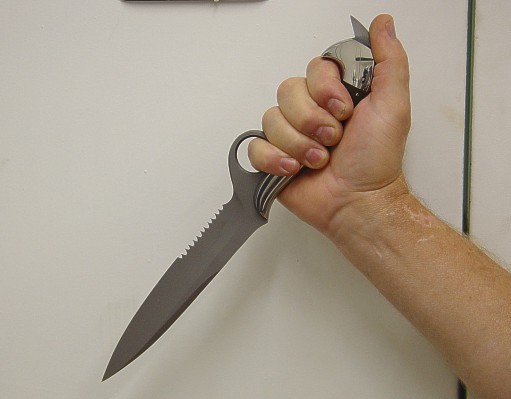This.Nope. I've been stabbed. On my left side, went between the ribs and punctured my left lung. Didn't even know it fighting for several minutes before one of my buddies told me I was wounded and bleeding.
And, it depends.
Most people who are stabbed and survive it remark that they didn't know they were stabbed at first. Often, they thought they were being punched, and kept fighting. There's a video out there somewhere of a guy who gets stabbed, beats up the guy who stabbed him, then dies.

